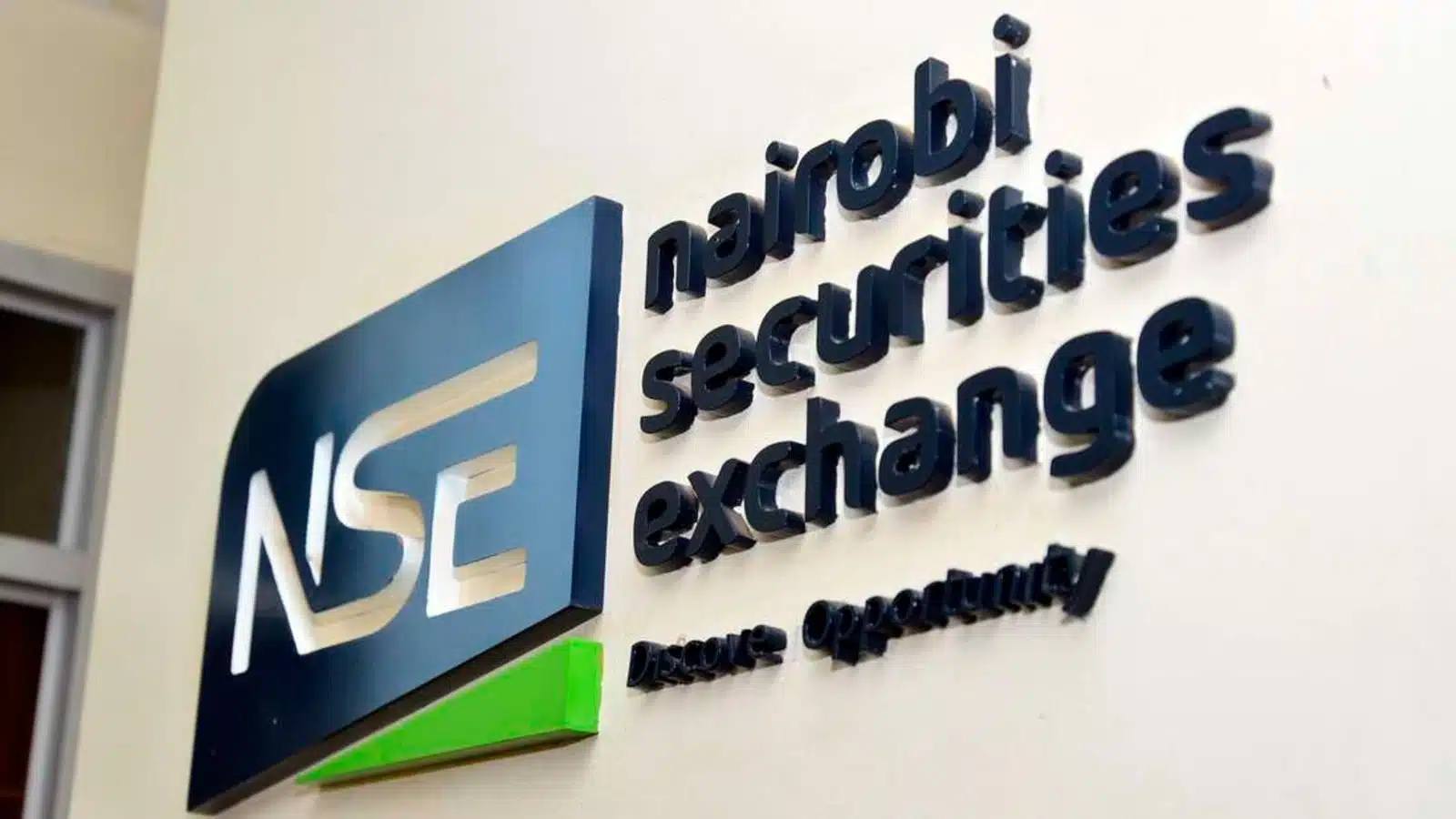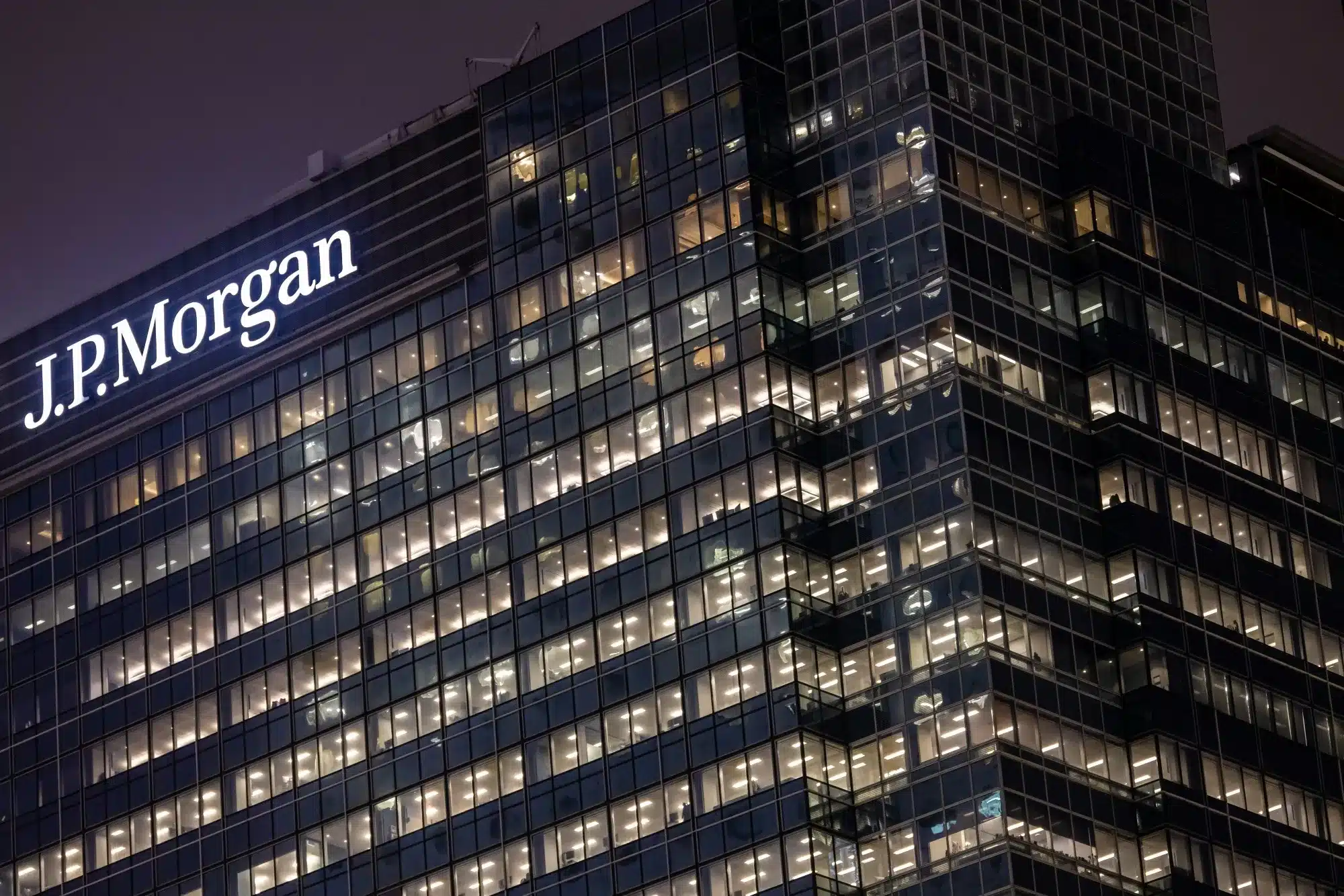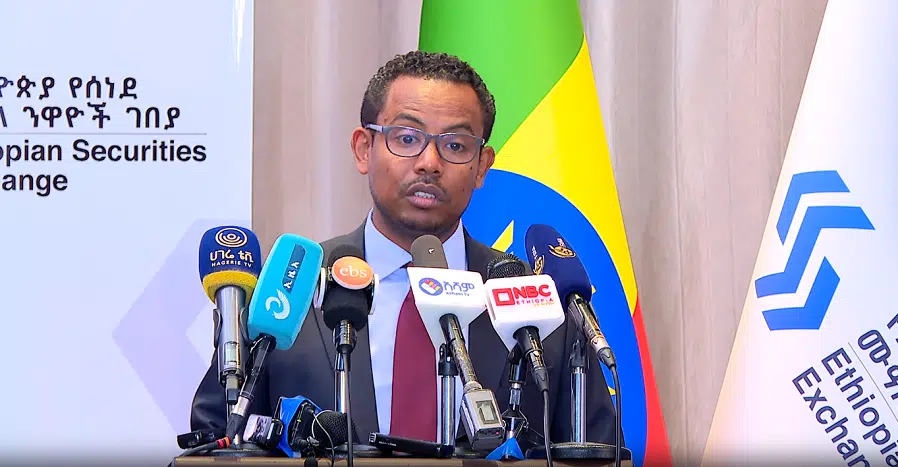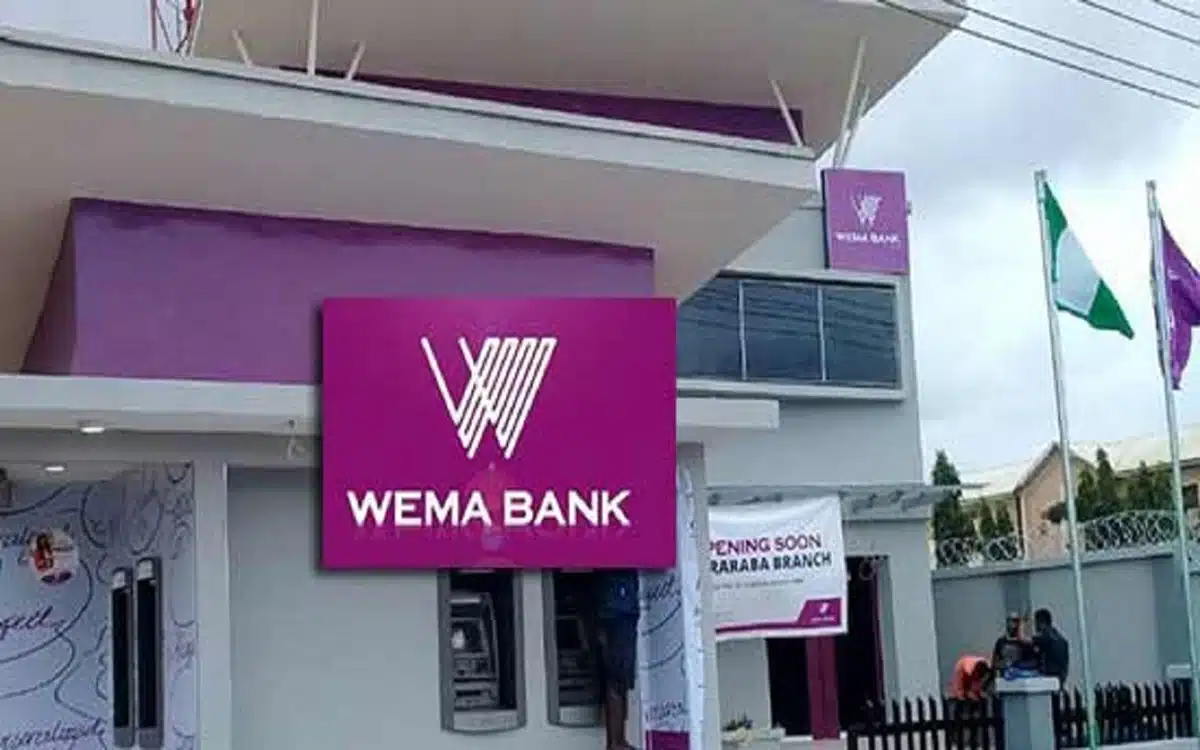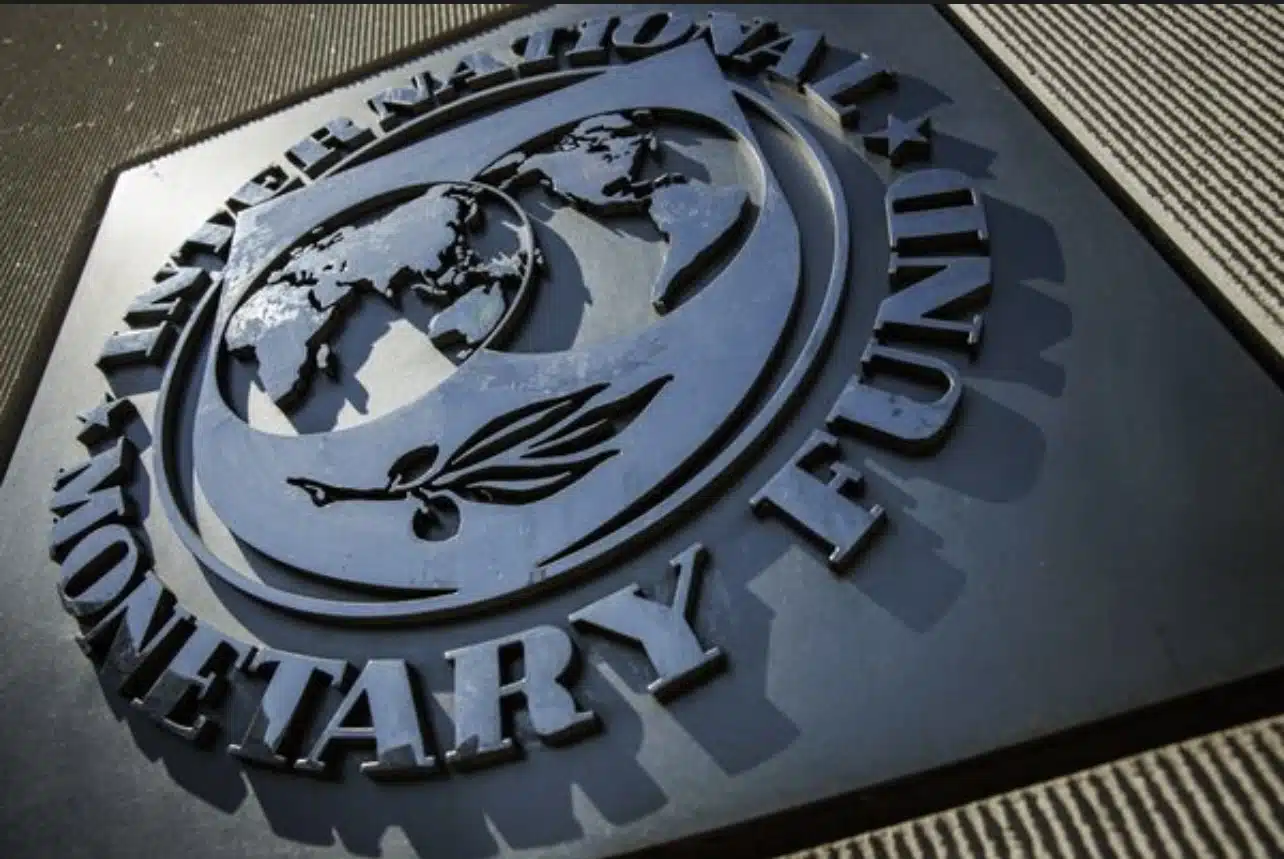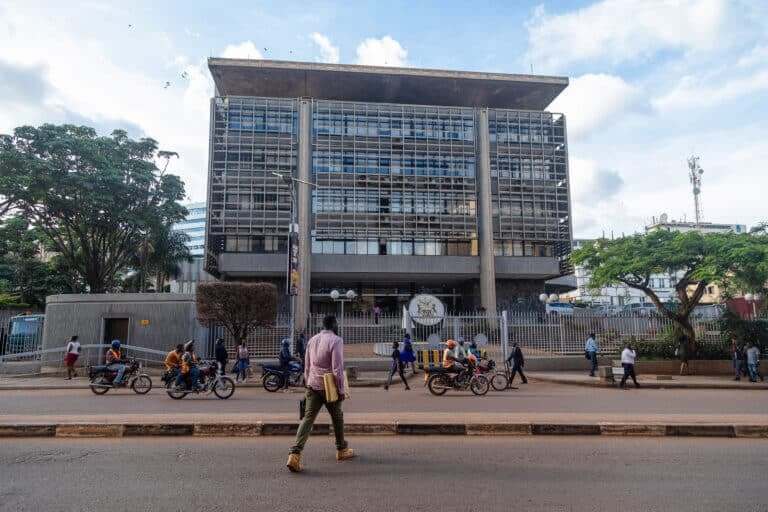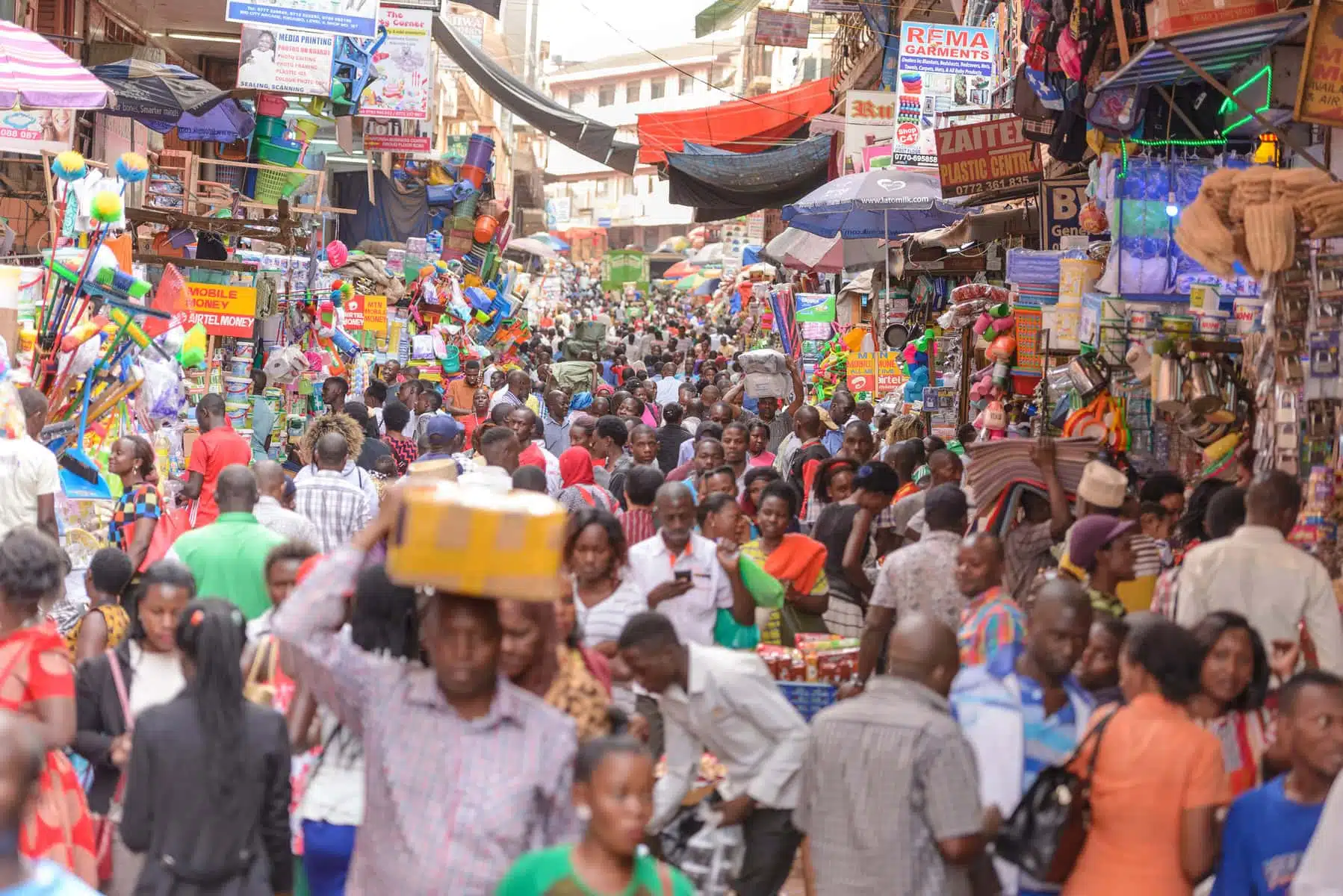The Nairobi Securities Exchange (NSE) has launched a Banking Sector Index to provide investors with a more precise gauge of Kenya’s most influential industry on the bourse.
Effective October 1, 2025, the index will track the performance of all freely tradable shares of listed banks, using a market-capitalisation-weighted and float-adjusted benchmark.
The index covers 11 counters, including Absa Bank Kenya Plc, BK Group Plc, Diamond Trust Bank Kenya Limited, Equity Group Holdings Plc, HF Group Plc, I&M Group Plc, KCB Group Plc, NCBA Group Plc, Stanbic Holdings Plc, Standard Chartered Bank Kenya Limited, and The Co-operative Bank of Kenya Limited.
According to the NSE, the index aims to enhance transparency and guide investment decision-making, serving as a vital tool for analysts and fund managers seeking to assess the health of Kenya’s banking sector, which accounts for a significant share of trading on the exchange.
Speaking on the launch, Frank Mwiti, NSE Chief Executive, described the leap as a “ milestone that underscores NSE’s commitment to innovation that meets investors’ evolving needs while strengthening Kenya’s capital market.”
Mwiti added that the move aligns with the bourse’s strategy to diversify products and deepen market activity, making a critical step in positioning the NSE as a modern, globally competitive marketplace.
“Beyond providing investors with a reliable performance tracker, the index will highlight the banking sector as a key driver of economic growth and create a strong foundation for future product innovation,” he said.
Banking sector shows resilient growth
Kenya’s banking sector has continued to post strong earnings in the first six months of 2025. According to the Nairobi Bourse, this momentum extended into the first nine months of the year, supported by robust earnings, balance-sheet expansion, and ongoing innovation in financial services.
An analysis by Finance In Africa shows that six of its eight leading lenders – Equity Group, KCB, Absa Bank, Co-operative Bank of Kenya, I&M Group, and NCBA Group – all grew profits, with an average growth level of 15% in H1 2025.
“ All banks recorded better results in the second quarter compared to Q1, except foreign-owned StanChart and Stanbic,” said Robert Ochieng, CEO of Abojani Investment, Kenya’s leading financial and investment advisory firm.
Standard Chartered Bank’s profit dropped by 21%, while Stanbic Holdings Bank’s plummeted 9%.
I&M Group led the sector with a 36% jump in after-tax profit, followed by Equity Group (17%) and NCBA Group (12.6%). Absa Bank posted a 9.1% increase, while Co-operative Bank of Kenya and KCB Group saw profits rise by 8.3% and 8%, respectively.
The NSE noted that the sector’s performance underscores its pivotal role in driving liquidity and investment activity in the capital markets and the broader economy.
The launch of the Banking Sector Index is part of a broader innovation push. The NSE plans to introduce Exchange-Traded Funds (ETFs) and other index-linked products to deepen market activity and broaden investor participation.
Banking sector assets rise $60.7 billion amid loan growth
Kenya’s banking sector continued to expand its balance sheet in the second quarter of 2025.
According to the Q2 2025 Credit Officer Survey, which assesses the overall performance of financial institutions, conducted by the Central Bank of Kenya (CBK), the sector’s total assets grew by 2.3% to KSh 7.9 trillion ($60.7 billion) in June, up from KSh 7.7 trillion ($59.3 billion) in March.
This outpaced growth in the first quarter and is expected to carry into the second half of the year.
“The uptick in private sector lending shows Q2 was strong, and if momentum continues, Q3 and Q4 should be even stronger,” Robert of Abojani Investment added.
Gross loans rose 0.6% to KSh 4.1 trillion ($32.1 billion), supported by increased lending to key sectors. Deposits climbed 2% to KSh 5.9 trillion ($45.2 billion), bolstering liquidity, which improved to 58.6%, well above the regulatory minimum of 20%.
Capital adequacy also strengthened slightly to 20.4% from 20.1% in March.
Note: The financial figures were converted to US dollars using the average official exchange rate of Ksh129.3/$1 for H1 2025.

